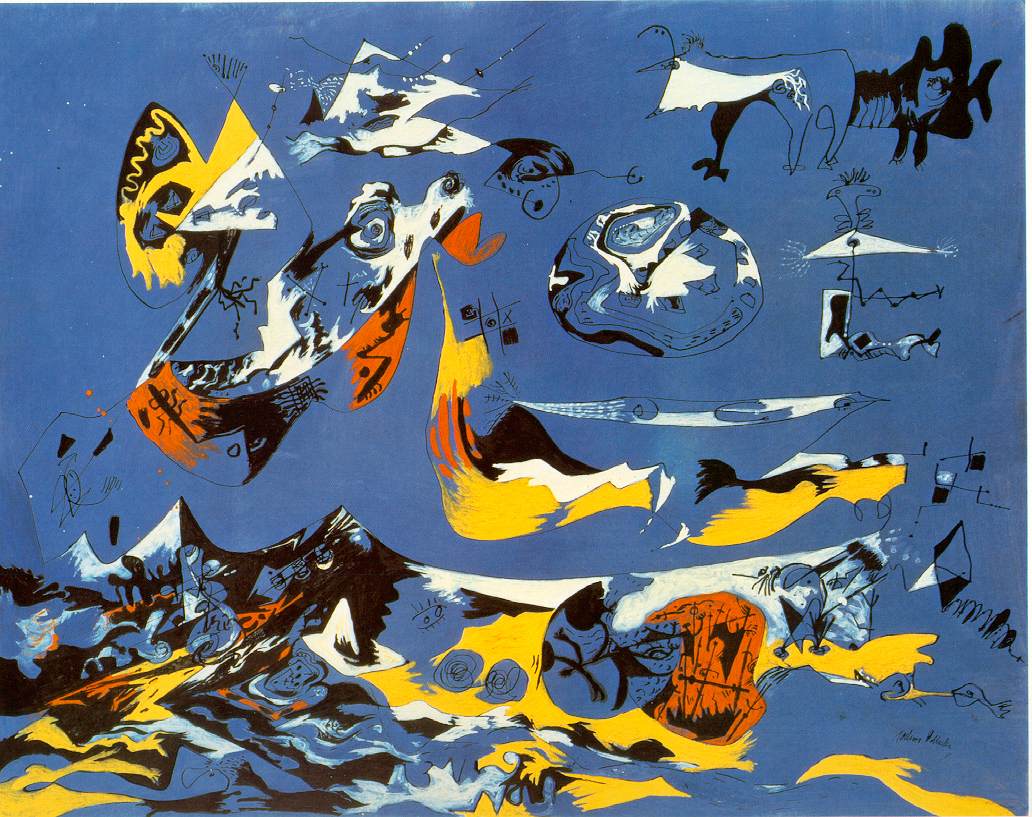Well-known art includes:
Moby Dick

Mark Rothko's water painting

Postmodernism is a term which describes the postmodernist movement in the arts, its set of cultural tendencies and associated cultural movements. Although this term enjoys widespread usage, there is disagreement among critics about whether postmodern art actually exists as a distinct movement or whether it is simply a later phase of modern art. Dates that have been proposed as marking the beginning of the postmodern movement include 1914 in Europe and 1962 or 1968 in the United States. Trends in postmodern art include pastiche, appropriation and the use of an ironic affect.
Deconstructivism is a development of postmodern architecture that began in the late 1980s. Deconstructivism is influenced by the theory of Deconstruction, which is a form of semiotic analysis. It is characterized by ideas of fragmentation, an interest in manipulating ideas of a structure's surface or skin.
Andy Worhol's


No comments:
Post a Comment